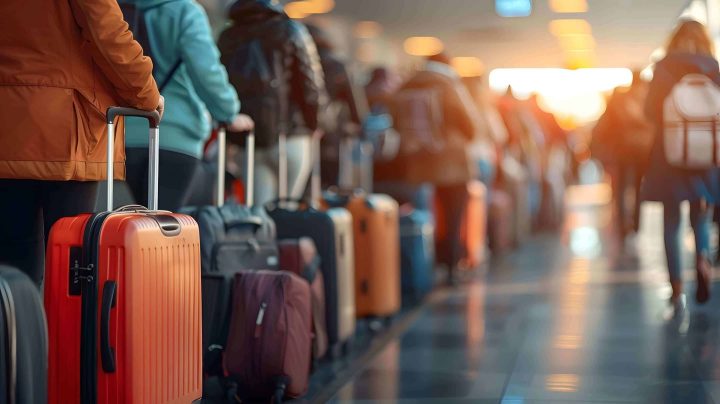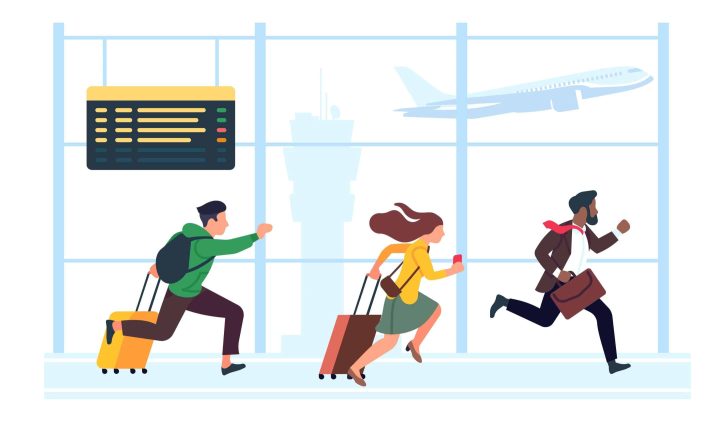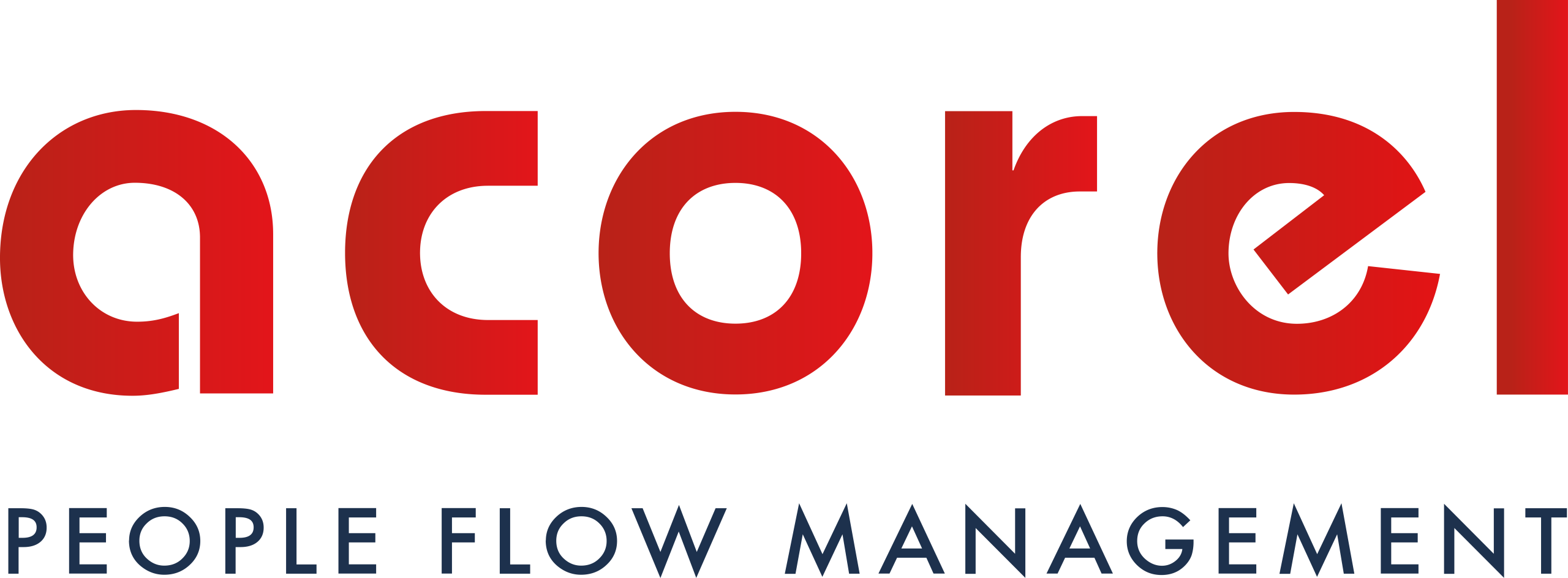Reducing waiting times at airports through innovative solutions. Waiting times play a crucial and determining role in the overall experience of travelers. Efficient management of these delays has become a major challenge for improving passenger satisfaction. It is therefore essential to optimize processes to provide a smoother and more pleasant experience

Enhancing the traveler experience
To achieve this goal, several elements must be considered, including infrastructure optimization, passenger safety, stress management, and improving customer satisfaction. The integration of innovative technologies and the implementation of tailored solutions help address these challenges while enhancing the overall traveler experience. Automatic people flow counting solutions represent crucial innovations for managing queues in airports.
✈️ Optimization of airport infrastructure
Airports, with limited capacity, are often prone to congestion, especially during peak periods. Reducing waiting times at airports then becomes crucial. To address this situation, it is essential to use automatic counting solutions. These tools enable the analysis of passenger data to better anticipate peak times and adjust staff and equipment accordingly. With this data, airports can quickly adjust resources, such as opening additional counters or redeploying staff, which significantly reduces waiting times.
👮 Passenger safety
Security remains a priority in airports. However, overly long or inefficient checks can slow down passenger flow. To address this, integrating automatic people flow counting solutions can be an effective approach.
This technology allows for measuring the number of passengers in control areas and adjusting resources accordingly, thereby reducing waiting times. At the same time, airports are adopting automated systems equipped with advanced scanners, capable of quickly and accurately detecting prohibited items without human intervention. These technologies optimize movement and limit waiting times.
The integration of biometric systems also offers a solution for airports. This technology allows for faster and more secure verification of a passenger’s identity, while improving overall efficiency.
💡 Reducing passenger stress
Waiting times, along with the uncertainty they bring, are a significant source of stress for travelers. To reduce stress in airports, several measures can be implemented.
- Sending personalized notifications to passengers, via SMS or a mobile app, keeps them informed about airport traffic conditions, check-in counter opening times, and expected waiting times.
- The use of sensors to measure passenger flow in real-time allows for adjusting resources and reducing queues.
- Relaxation spaces, such as spas or game rooms, offer travelers moments of relaxation before their flight.
- Improving signage and providing real-time information help reassure passengers.

✔️ Customer satisfaction and loyalty
Travelers facing excessive or poorly managed waiting times are less likely to return or recommend the airport, which can harm its reputation. To improve customer satisfaction and reduce waiting times, airports have implemented several initiatives:
- Priority lanes for frequent or premium passengers: These services allow regular or premium passengers to pass through checks more quickly, reducing their waiting time and enhancing their satisfaction.
- Real-time feedback collection: By gathering feedback from travelers in real-time, through mobile apps or interactive kiosks, airports can quickly identify pain points and adjust their processes.
- Automatic people flow counting solutions: With sensors that measure the number of passengers in various airport areas in real-time, these systems allow for quick adjustments in resources, such as staff or the opening of additional counters.
Automatic counting solution : an essential tool
Automatic people flow counting solutions are technologies used to measure and analyze in real-time the number of people passing through specific areas in the airport. They provide an effective solution to queue management challenges. By enabling resource adjustments based on collected data, these systems help reduce traveler stress by managing passenger flow and anticipating peak periods.
These technologies also enhance security by preventing congestion in critical areas like security checkpoints. Additionally, they optimize the use of infrastructure and enable faster, more pleasant service, thereby increasing traveler satisfaction.
In summary, effectively reducing waiting times not only improves traveler satisfaction but also optimizes airport operations, enhances security, and creates a smoother and more enjoyable travel experience.
For more information, click here
